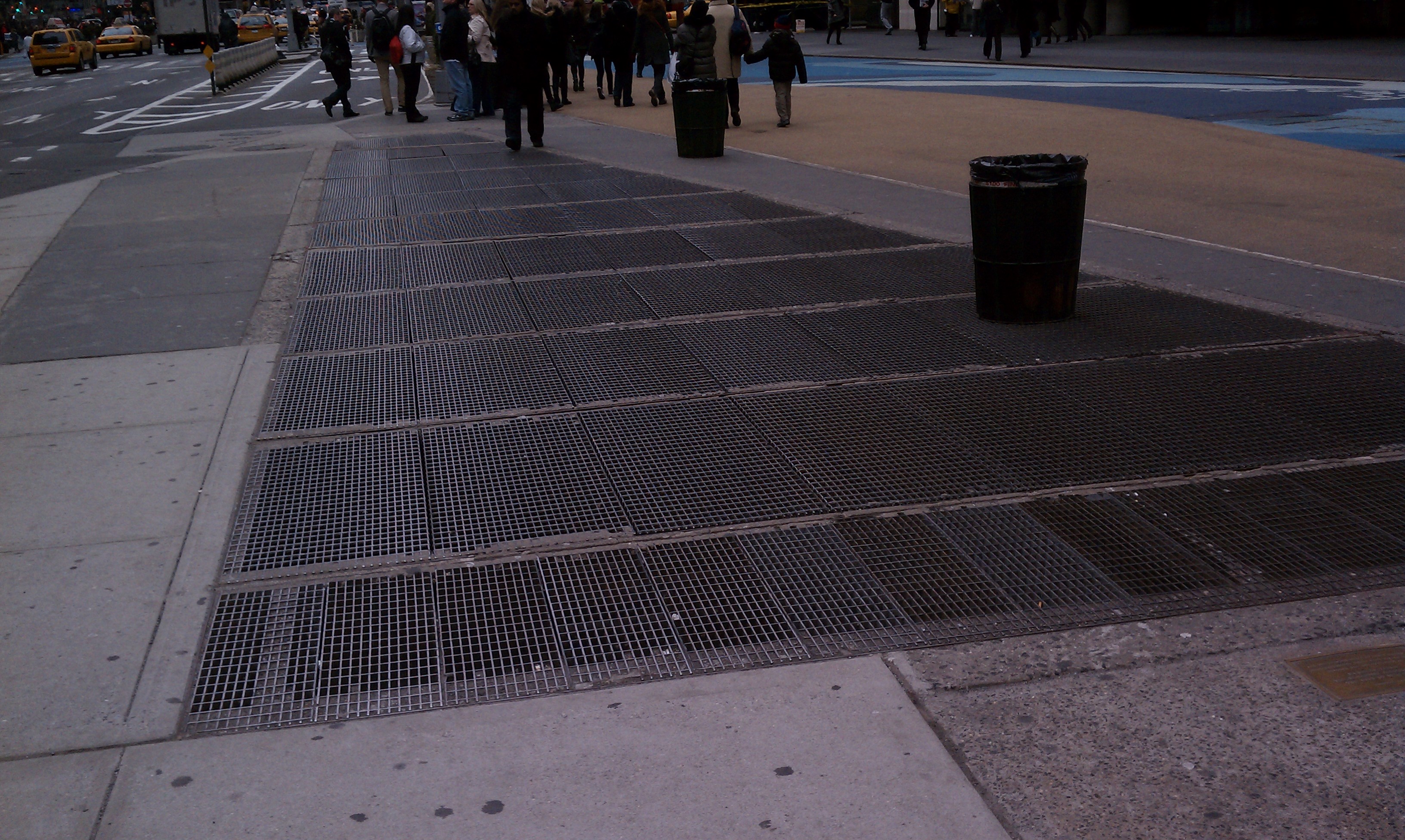What is ‘Monumental’?

I was walking around downtown New York last week with some friends when we stopped in front of the New York Stock Exchange to see if it would be a good site for an upcoming ‘staging’ of GROUP, the collective Sound Piece I am developing with Larry Legend. We discussed for a moment the ‘monumental’ nature of the NYSE building and how it would make for a great backdrop for the performance of GROUP. I didn’t think much of it at the time, but then I decided I didn’t really know what we meant by “monumental.” Here are just a couple of references to monumental I culled from a quick google search:
“Steel yourself: Richard Serra’s monumental sculptures” – The Independent
“Valedictory Beethoven : Sanderling Conducts A Monumental Ninth” – Los Angeles Times
“Monumental Mounting of Merce Cunningham’s Landmark Work Ocean in Minnesota’s Rainbow Granite Quarry” – Walker Arts Center
And here is the proper definition from our good friends at Merriam-Webster:
MONUMENTAL 1: of or relating to a monument; 2: serving as or resembling a monument: massive: highly significant: outstanding; 3: very great.

Okay, I get it. Big. Bigger. But there also seems to be something intriguing about the way we talk about things that are intangible being monumental. For, instance, I would consider one of my favorite sound installations, “Times Square” by Max Neuhaus to be monumental. But besides the grate in times square, beneath which is a speaker, there is not much to show for this piece, and certainly nothing physically large. Now “Times Square” has been installed in the same space for over 30 years, which is grounds for it to be a permanent ‘monument.’ This would mean that monumental has something to do with existence over a long period of time. Certainly most of the monuments we usually think of, from the Washington Monument to the Vietnam Memorial, have all been constructed with longevity in mind, not to mention size.

Having settled roughly what Monumental means, I thought about whether there were any connections between what the monuments stand for. The NYSE, for instance, stands for the solidness and security of modern capitalist society, Beethoven’s 9th Symphony, and especially the “Ode to Joy” is a monument to national spirit and strength. Richard Serra’s ‘steel wall’ sculptures might not stand for any one thing, but they often evoke deep feelings of public and private spaces, while Max Neuhaus’ “Times Square” creates a zone of contemplation amidst the hecticness of Times Square.
It is really only when we dig beneath the physical characteristics of monumental-ness that all things monumental start to differ from one another. The political and aesthetic implications that make one monument seem worthy, while another seems arrogant are only available as we think about the forces that create a monumental feeling.
